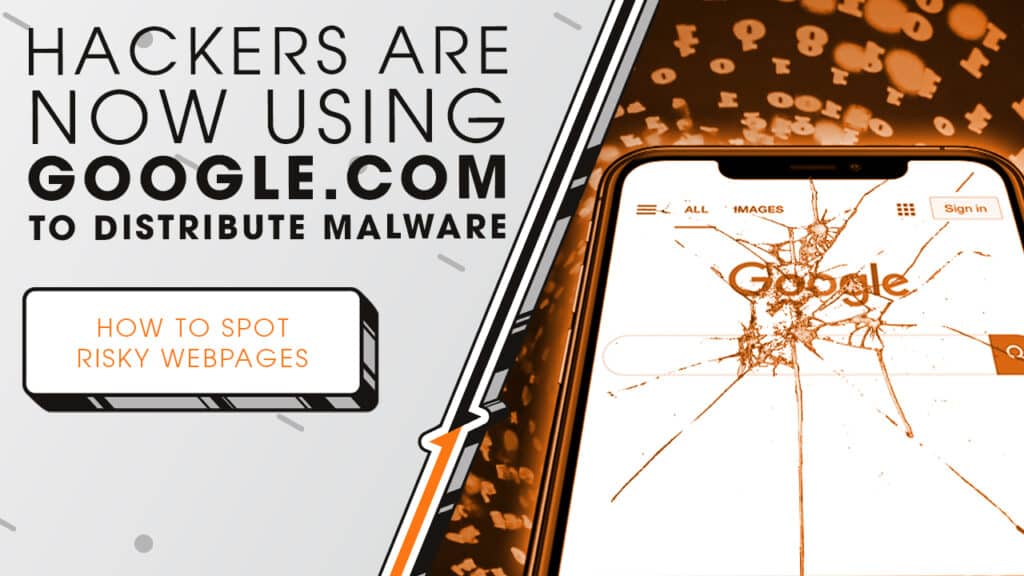Hackers Are Now Using Google.com to Distribute Malware | Sync Up

Hackers are now using trusted domains like Google.com to sneak malware into your browser, bypassing the usual security defenses. We’ll uncover how this sneaky attack could easily slip through the cracks if you’re not aware of how it works as we sit down and sync up with Rocket IT’s weekly technology updates.
In this episode, you’ll hear more about:
- How hackers are exploiting trusted domains to sneak malware past security tools.
- The clever way attackers use seemingly legitimate links to access your browser.
- What signs to watch for to avoid falling victim to this attack.
- The critical steps businesses and individuals can take to protect themselves.
Video Transcript
Discovered by the security researchers at c/side, a malicious script was found hiding in an eCommerce website using a URL from Google’s domain. And it’s because of this Google domain that this attack method is so easy to miss. You see, most security tools are designed to catch suspicious links by checking the domain’s reputation. If a link comes from a trusted source, like Google, security tools typically trust it without a second thought. But hackers have figured out how to exploit that trust. In this case,
In this instance, the attackers used a seemingly normal login page, but when visitors interacted with it, it secretly opened a connection to the hacker’s server. This connection then allowed the hacker to send commands directly to the browser and steal payment information.
For most people, it’s hard to tell when a link might be dangerous, but there are a few things to watch for. For example, if you get a link in an email or on a website that looks like it’s from Google but feels off, be cautious. In that case, double-check the URL to make sure it’s legitimate. And pay attention to any strange behavior on websites. If a site suddenly asks you for payment information when it didn’t before, close the page immediately. These could be signs that malware is running in the background.
For businesses or advanced users, there are tools that can catch these types of attacks by looking at how websites behave. But for most people, the best thing to do is stay cautious about links, keep your software updated, and work with an IT partner to help keep you safe.
An IT partner, like Rocket IT, can help protect your business from this type of threat by setting up advanced protection systems. These systems go beyond just looking at domain reputation. They can test links in a safe environment tracking to notice any unusual activity on your websites or systems. For those looking to catch threats before they cause damage to your brand’s reputation, contact Rocket IT using the link in this video’s description. And to stay up to date on trending technology news, hit that subscribe button and the bell to catch us on next week’s episode of Sync Up, with Rocket IT. caught before they can do any damage.
Related Posts
Subscribe to Rocket IT's Newsletter
Stay up to date on trending technology news and important updates.

Find out if Rocket IT is the right partner for your team
Claim a free consultation with a technology expert.










